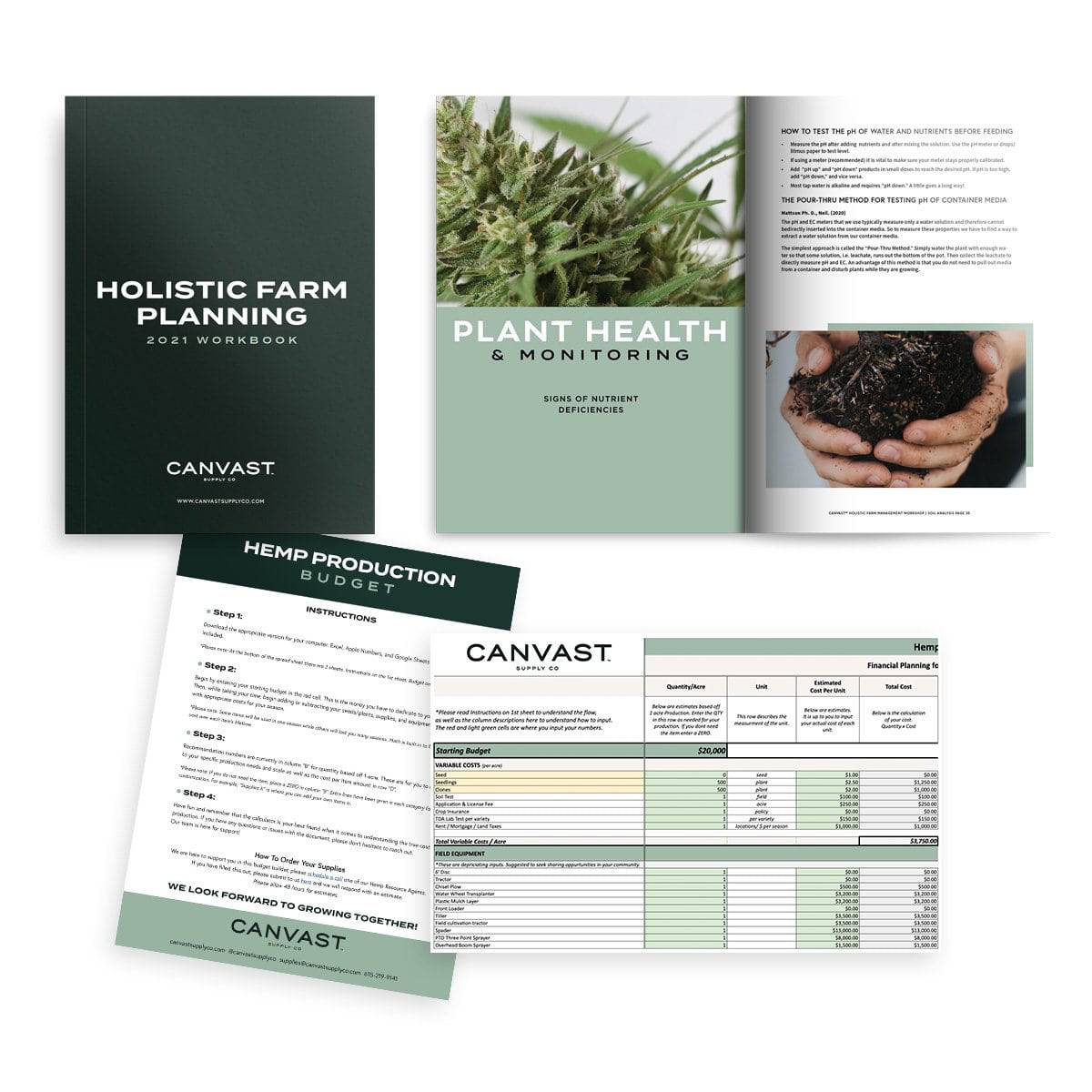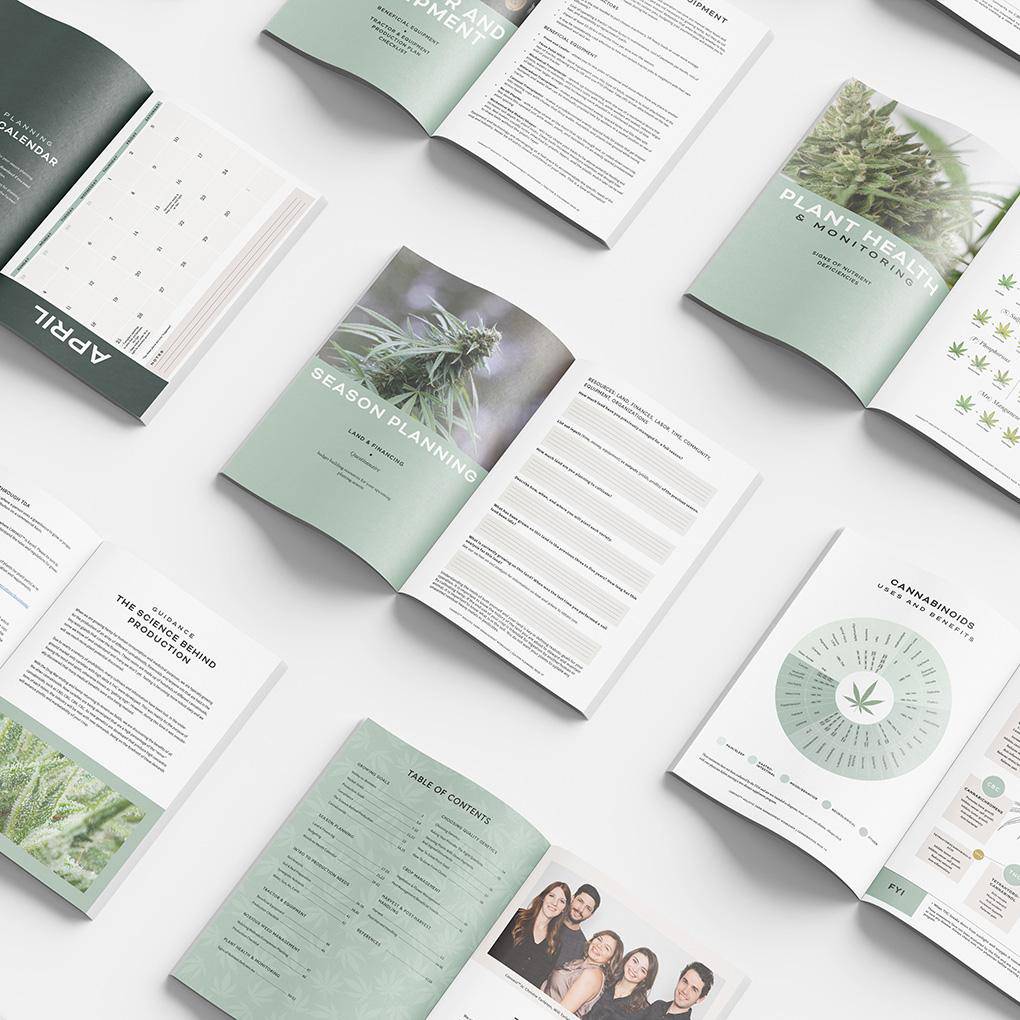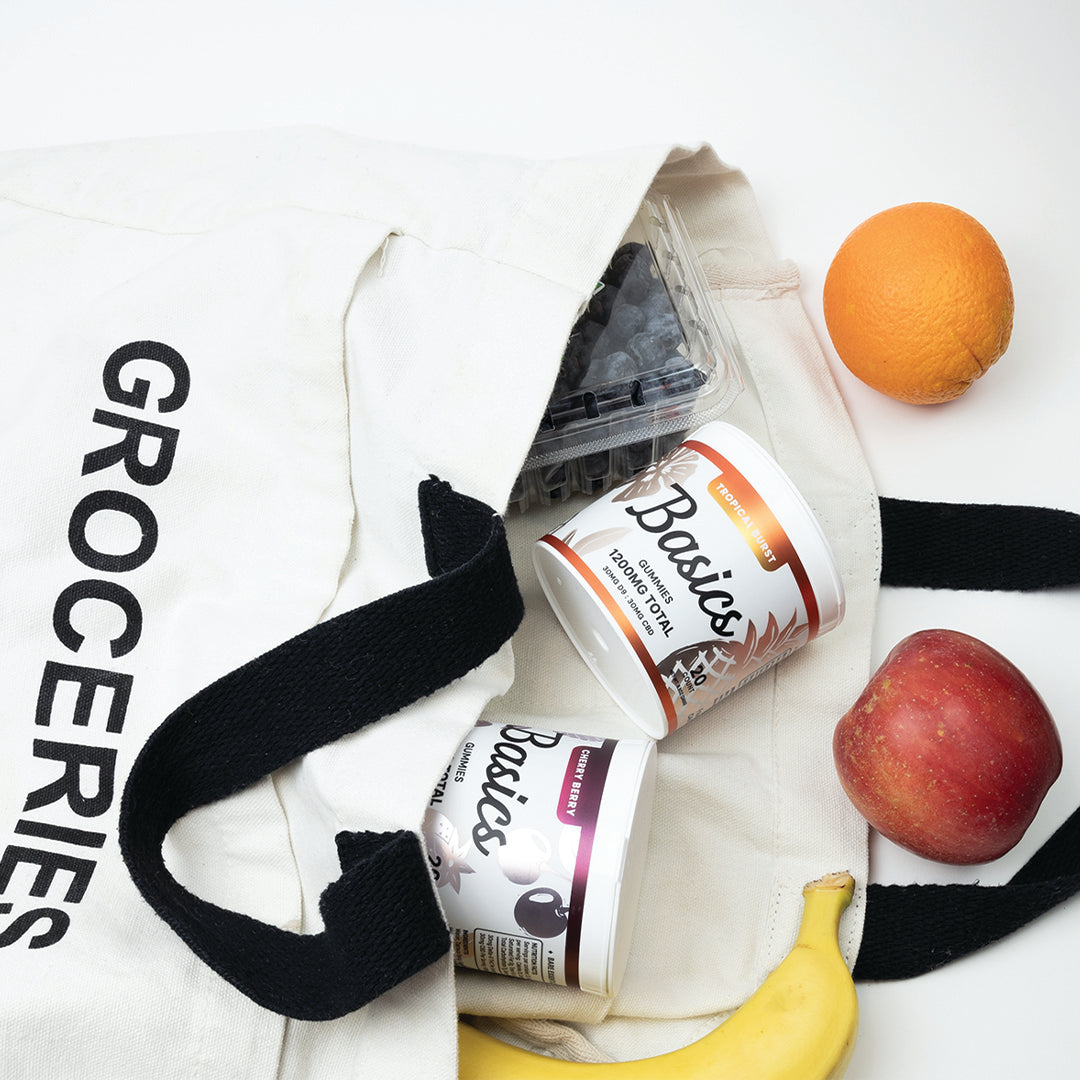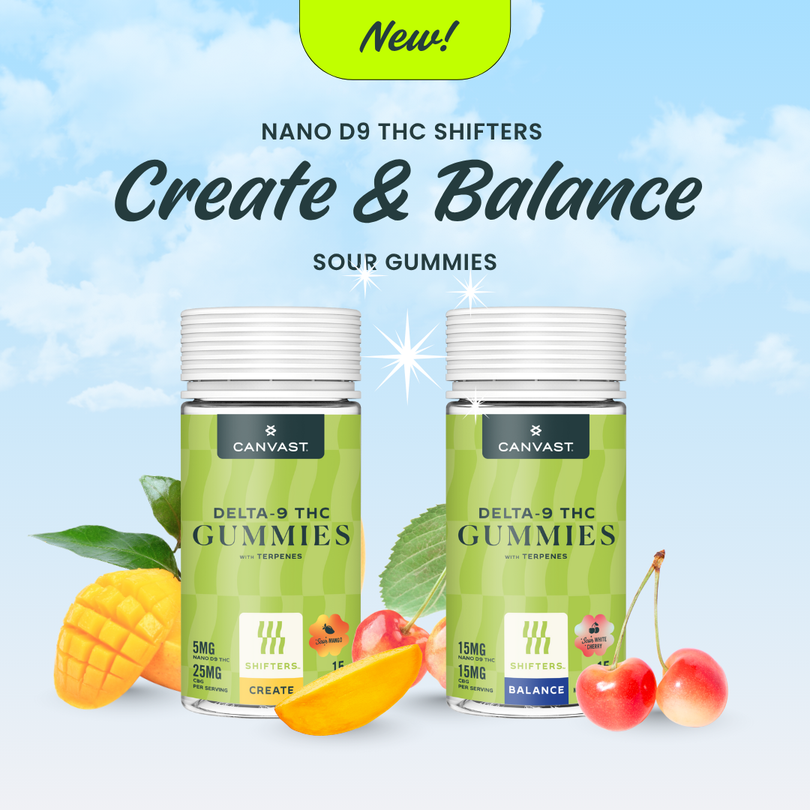Q: What is the best spacing between hemp plants?
A: 3'-7' apart shorter spacing for shorter-term varieties, 6'-7' for longer season varieties. Hemp likes consistent air movement, and having space between rows allows for more airflow and for space when practicing cultural crop management techniques and harvest. Knowing the growth and maturity habits of varieties helps determine crop planting dates and spacing.
Q: When should I test my soil?
A: We suggest in the Spring or Fall. It is always best to do this first before you leap fully into your growing season. This helps prep your soil for the best possible outcome for your hemp crop. Understanding what the chemical composition of your soil is will help identify your soil’s needs when adding amendments, minerals, and fertility. Tennessee Extension Agency, and Farmer CO-Op's provide adequate testing for soils.
Q: When should I work my soil?
A: Fall, or early spring when the soil is dry, without creating wet clods. Ideally, in the fall when turning pasture. Leaving the pasture rough plowed will allow the soil to settle over winter and create a more favorable tilth for annuals come spring, without concern for run off from bare soil. A fall cover crop can be turned under in spring for a June planting of hemp.
Q: When do I harvest my crop?
A: Late June until about July 15th, the daylight hours and natural light spectrum will begin to trigger outdoor production plants into their flower cycle, which is about the time you can begin to determine when your plants will be harvested. 45 days-60 days-90 days from July 15th is when specific short term and long term varieties will mature in flowering. Typically you want to be testing your crop between the first weeks of August until the third week of September. Remember USDA asks to get your crop tested 15 days before harvest. Growers should take their own samples prior to State Departments of Agriculture taking field samples to help determine the potency of the crop. The potency will change as the crop matures.
Q: What can I spray on my plants to keep pests and disease off?
A: Insecticides and Pesticides can only be used on crops that they are approved for on their labels. If the crop is not mentioned as a crop for use in the safety labels of the product, then the product can not be used on that crop. There are some pesticides that include Cannabis as a crop in their label and have been approved by the EPA, but many States have their own registration requirements and may not allow their use in a state, or local watershed. Here
There are exceptions for products under the Title 21 CFR which allows for "natural" essential oil-based products that are unregulated by FDA and USDA in food crop production. Knowing how pesticide residuals affect the crop and human consumption allows the farmer the opportunity to decide what IPM program to use when dealing with pest and pathogens.
Q: What is IPM?
A: Integrated Pest Management is a program determined by the type of plants, type of pests, type of environmental conditions, and type of products used for pest controls in crop production. Because Cannabis is a heavy feeding plant, it has the potential to uptake metals, minerals and residual chemical compounds up into the flower parts of the plant that ultimately get used in human consumption. Hemp fiber crops are great for bioremediation of soils that have contaminants, or imbalances.
Q: How do I identify pests on my hemp crop?
A: Educate yourself! It’s an exciting skill to learn - just like being able to identify plants in the wild. Or, know how plants express nutrient deficiencies. Read a book, use the internet, go into your field, and use a hand loop for magnification above 60x. Most pests can be identified in their egg or larva stage. When using consistent preventative IPM practices, pest identification at early stages becomes a skill that will save you time and money.






